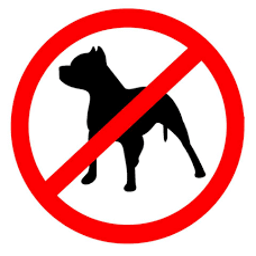Results A total of 16 urban and rural jurisdictions with pit-bull bans were identified. At the provincial level, there was a significant reduction in DBIH rates from the pre-BSL to post-BSL period (3.47 (95% CI 3.17 to 3.77) per 100 000 person-years to 2.84 (95% CI 2.53 to 3.15); p=0.005). In regression restricted to two urban jurisdictions, DBIH rate in Winnipeg relative to Brandon (a city without BSL) was significantly (p<0.001) lower after BSL (rate ratio (RR)=1.10 in people of all ages and 0.92 in those aged <20 years) than before (RR=1.29 and 1.28, respectively).
Conclusions BSL may have resulted in a reduction of DBIH in Winnipeg, and appeared more effective in protecting those aged <20 years.
You must log in or register to comment.

